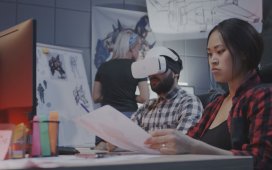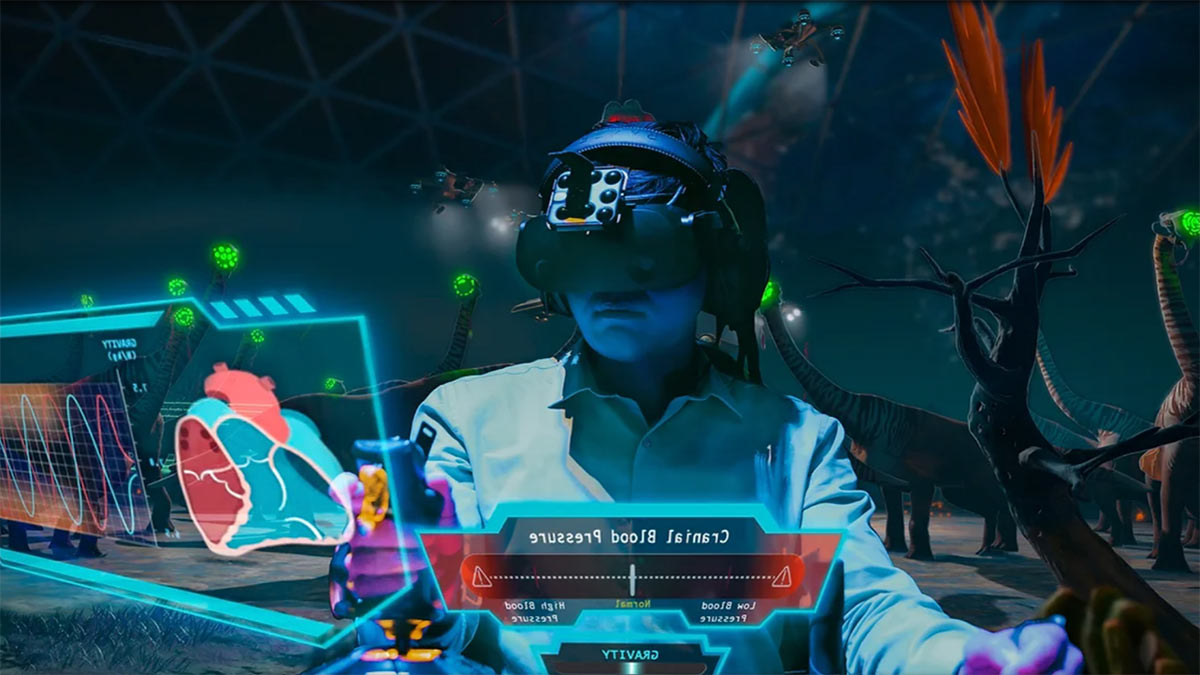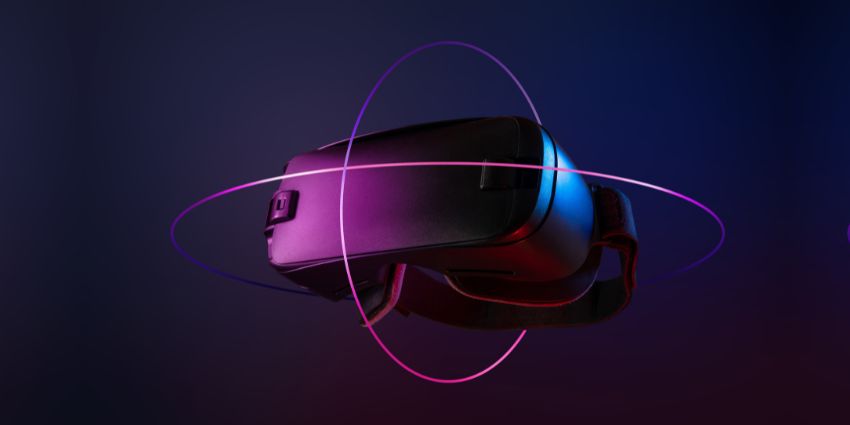Virtual reality technology is transforming the field of animation.
Animation has gone a long way from mere entertainment. Besides the film and gaming industries, it is widely used today in the fields of advertising, education, and construction. Even the quality of animation has greatly improved through modern technology.
However, even with advanced software, creating animations still requires complex skills and consumes a lot of time. Virtual reality technology helps address this.
With the development of extended reality technologies, animators saw the potential of using virtual reality to create more realistic and intuitive animations. While many creators are already using VR tools for skill-intensive and time-consuming tasks, it is believed that virtual reality will soon take the world of animation into new realms.
Virtual Reality Enhances Spatial Understanding
VR surpasses the limitations of 2D animation with functionalities that enhance spatial understanding. Animators can create more complex imagery while they are immersed in virtual environments. They can rig, skin, and pose characters with more intricate details and accurate dimensions. With the interactive space mimicking real life, they can also factor in lighting and staging for better impact.
Virtual reality also gives animators the flexibility to use various methods of animation. Animators can create cartoons, photoreal graphics, live action, or a combination of different themes.
VR Interfaces Boost Productivity and Foster Better Collaboration
One scene in animation takes several hours to create using traditional interfaces based on mouse and keyboard input. With a VR-based interface, animators can cut production time significantly while maintaining the quality of work.
Animators now have access to VR tools that enable them to rig characters and animate keyframes in 3D. They can integrate 360 videos and animation data with ease. They can also record audio directly on the platform, saving them even more time.
Aside from boosting productivity, VR also fosters better collaboration among animators. It allows them to connect frames seamlessly and streamlines the entire production process.
VR Apps Transform the Viewing Experience
On the consumer side, VR apps transform the viewing experience. They offer a multi-sensorial experience that heightens emotions and makes stories more relatable. They completely immerse users in the stories and enable them to interact with the characters. With virtual reality, stories go beyond linear narratives, and viewers gain more control of the story.
The New Realms of Animation
As virtual reality technology evolves, we can expect more intuitive user interfaces in the future. Animation tools will become more advanced. Their use and application will be more prevalent and undoubtedly more superior in quality. In the next few years, VR and other XR technologies will definitely make huge strides in animation.
Quelle:



